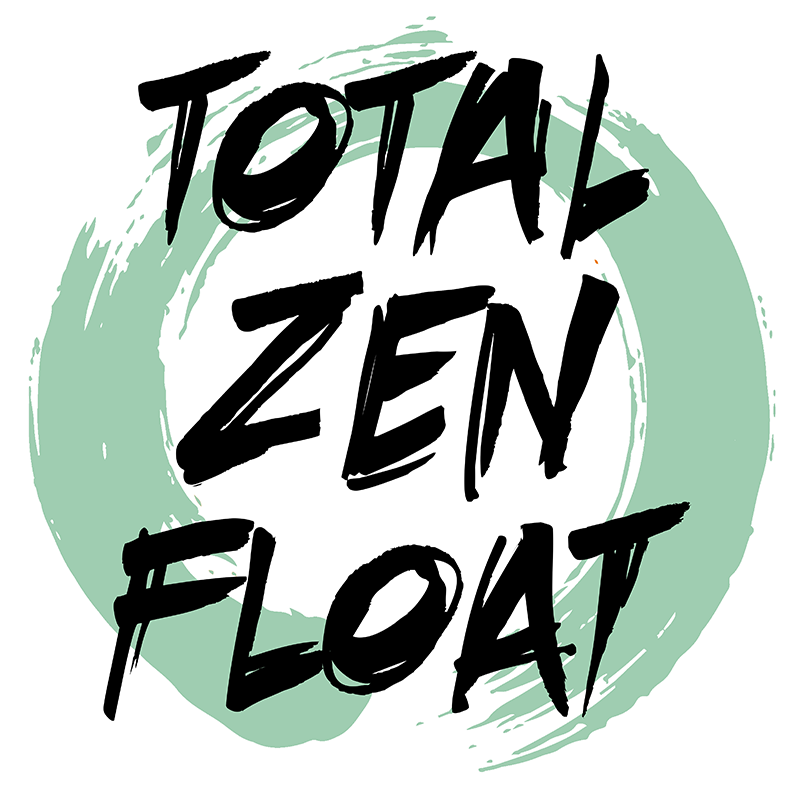Let’s take a closer look at the benefits of floating with respect to chronic pain, particularly, pain associated with a structural abnormality like a herniated or bulging disc.
Remember: when you are inside the floatation tank, which is filled with 850 pounds of Epsom salt water, you are superbouyant feel completely weightless. There is no pressure on your joints or on your spine like there is during normal waking (and sleeping) life. The result is that you are fully able to relax and you may feel relief in areas of your body that are normally painful.
In addition, Epsom salt is a compound of magnesium sulfate. Magnesium and sulfate both have healing properties, and can be absorbed through the skin. Epsom salt has been used for centuries to soothe pain and muscle strains, as well as to draw toxins from the body. Furthermore, there are countless peer reviewed studies that show a correlation between the use of floatation therapy and pain relief, even in people whose pain is associated with degenerative disc disease or herniated disks.
One such study found that floating was a “meaningful alternative for treating chronic whiplash disorder.” Another study found that the participant/floaters:
“exhibited lowered blood pressure, reduced pain, anxiety, depression, stress and negative affectivity, as well as increased optimism, energy and positive affectivity. The results were largely unaffected by the degree of attention placebo or diagnosis.”
The same study concluded that:
“flotation therapy is an effective, noninvasive method for treating stress-related pain, and that the method is not more affected by placebo than by other methods currently used in pain treatment.The treatment of both burnout depression and pain related to muscle tension constitutes a major challenge for the patient as well as the care provider, an area in which great gains can be made if the treatment is effective. Flotation therapy may constitute an integral part of such treatment.”
How is it possible that floatation might help chronic pain, even when that chronic pain is associated with a structural abnormality, like a herniated disc? For a possible answer, let’s look at the research of Dr. John Sarno.
Dr. Sarno is a Professor of Clinical Rehabilitation Medicine at New York University School of Medicine, and Attending Physician at The Rusk Institute of Rehabilitation Medicine at New York University Medical Center. He has written several books about pain and postulates that pain is more associated with our body’s stress response than it is with a physiological defect.
In fact, Dr. Sarno cites to a study from the New England Journal of medicine where MRIs were performed on 98 people with no history of back pain. Only 36% of the participants had normal discs with no bulges, herniations, degeneration, etc. The study concluded that there is not a oneto-one correlation between structural abnormalities and pain. Dr. Sarno believes that stress is the primary cause of pain. He says that stress causes a tensing up in the body and results in oxygen deprivation to a particular area when the brain alters blood flow to that area. He says that pain is caused by this deprivation of oxygen.
So how does this relate to floating?
Floating helps to oxygenate the body by encouraging vasodilation, which facilitates blood flow throughout the body and brain.
In addition, as discussed above, the body is able to fully relax and experience weightlessness, while also benefiting from the healing properties of Epsom Salt.
One floater's spouse was exasperated at how well floating worked to alleviate her husband's chronic hip pain due to degenerative disease. She was floored at how well one hour of floating helped her husband at a minimal cost as compared to years of other treatments and medications with side effects and exponentially greater cost.
So how often to float? If you are dealing with chronic pain or some other physical ailment that you seek to treat with floating, a general recommendation is to float twice per week.
If you suffer with pain, give floating a try. What do you have to lose? Be sure to tell us about your experience and feel free to comment below.
Resources:
Edebol, Hanna et. al., “Chronic Whiplash Associated Disorders and their treatment using floatation Restricted Environmental Stimulation Technique” Qual Health Res [2008, 18(4): 480488.]
Bood, SA et. al, “Effects of flotationrestricted environmental stimulation technique on stressrelated muscle pain: what makes the difference in therapyattentionplacebo or the relaxation response?” Pain Research & Management : the Journal of the Canadian Pain Society [2005, 10(4):201209]
“An Expert Interview With Dr. John Sarno, Part I: Back Pain Is a State of Mind” Medscape <http://www.medscape.com/viewarticle/478840#1> visited March 10, 2014. Hutchinsons, Michael, “The Book of Floating: Exploring the Private Sea”
